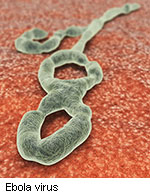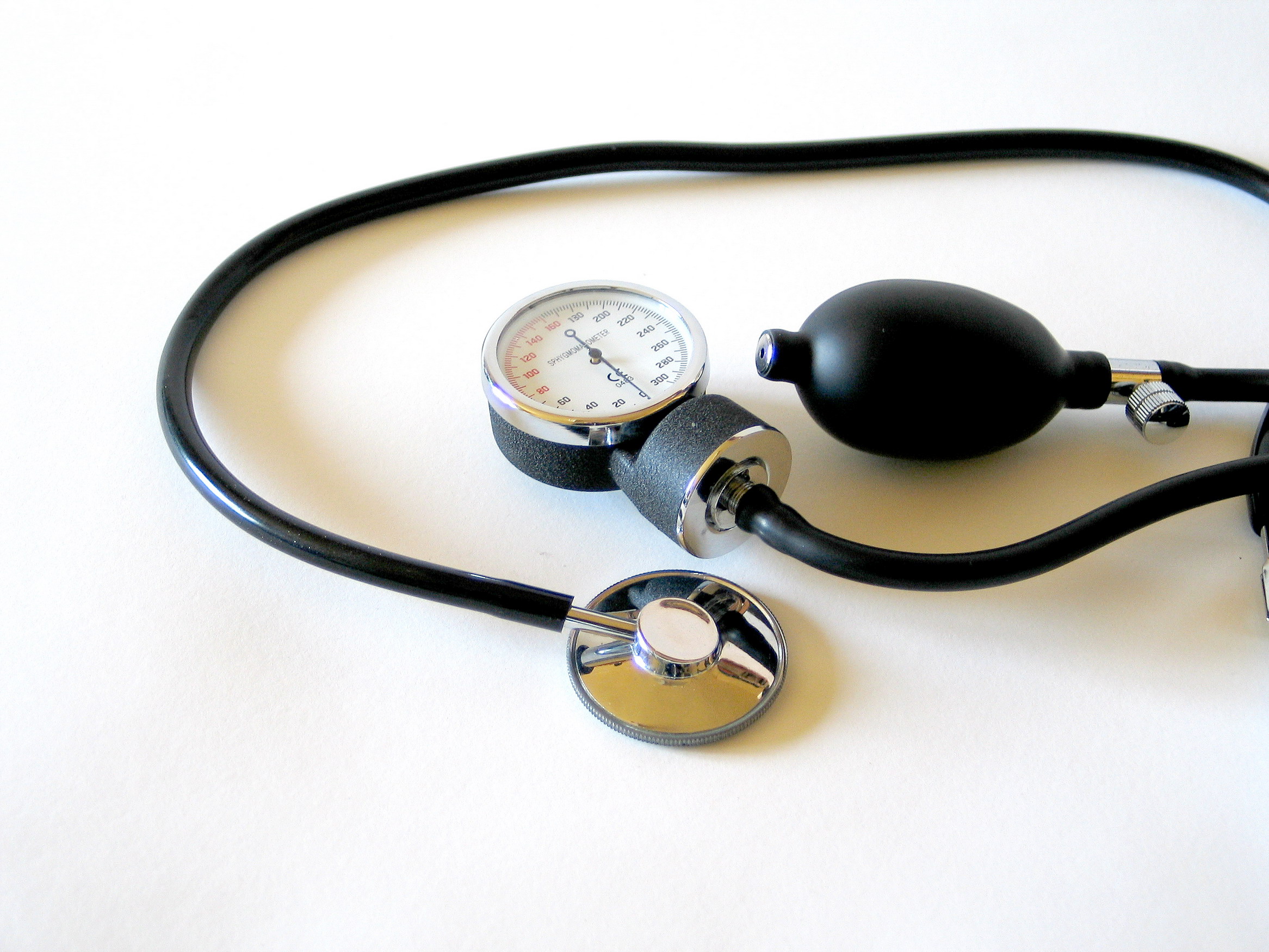
MONDAY, Aug. 4, 2014 (HealthDay News) — The second of two Americans stricken with Ebola in the West African nation of Liberia will arrive in the United States on Tuesday to begin treatment, according to media reports.
Nancy Writebol, 59, is expected to land in Atlanta aboard a plane specially equipped with an isolation unit, CNN said. Upon arrival, she will be taken to Emory University Hospital where the other American Ebola patient, Dr. Kent Brantly, is currently receiving care.
Brantly, 33, was delivered Saturday morning to Emory for treatment and is showing signs of improvement, experts said.
Brantly “seems to be improved from the reports we got earlier,” Dr. Tom Frieden, director of the U.S. Centers for Disease Control and Prevention, said Sunday on NBC’s “Meet the Press.”
After being flown from Liberia on the specially outfitted plane, Brantly climbed out of an ambulance with the aid of another person and then walked the short distance to the entrance of Emory University Hospital. Both Brantly and the person who helped him were wearing special biocontainment suits and similar protective gear, NBC News reported.
Experts said the fact that Brantly could walk on his own was an encouraging sign.
Brantly’s parents and his wife, Amber, had traveled to the hospital to meet him, but his two small children did not make the trip.
Both Brantly and Writebol had been working at clinics in Liberia, helping victims of an Ebola outbreak that the World Health Organization says has already killed at least 729 people. Brantly is with the aid agency Samaritan’s Purse. The group issued a statement last week describing both patients as being in “serious condition.”
The unit at Emory that will care for Brantly and Writebol has been designed for just these types of cases, however. In a statement, Emory said that the unit “has unique equipment and infrastructure that provide an extraordinarily high level of clinical isolation.” Staff who work in the unit are specifically trained and practiced in treating “this type of patient,” the hospital said.
The evacuations are being facilitated by the U.S. State Department, in cooperation with the CDC. “Every precaution is being taken to move the patients safely and securely, to provide critical care en route on a non-commercial aircraft, and to maintain strict isolation upon arrival in the United States,” U.S. State Department spokeswoman Marie Harf said Friday.
There’s no cure or vaccine for Ebola, which wreaks life-threatening havoc on the body by attacking multiple organ systems simultaneously.
Instead, doctors must fall back on the basics of “good, meticulous intensive care,” supporting the patient and targeting treatment toward organs that are under attack, explained Dr. Lee Norman, chief medical officer for the University of Kansas Hospital and an expert on the disease.
“You treat the things that are failing,” Norman said. “If a person is dehydrated, you treat them with IV fluid support. If a person has respiratory failure, you put them on a ventilator.”
According to Dr Bruce Hirsch, an infectious diseases specialist at North Shore University Hospital in Manhasset, NY, Ebola’s ravages are such that even young, healthy patients — who usually can fight off most serious illnesses — have a high death rate. Pumping fluids into patients remains the best front-line treatment for Ebola, to limit the damage caused by inflammation, he said.
More information
For more on the Ebola virus, visit the
U.S. Centers for Disease Control and Prevention.
Copyright © 2024 HealthDay. All rights reserved.

